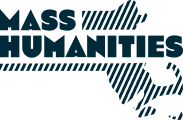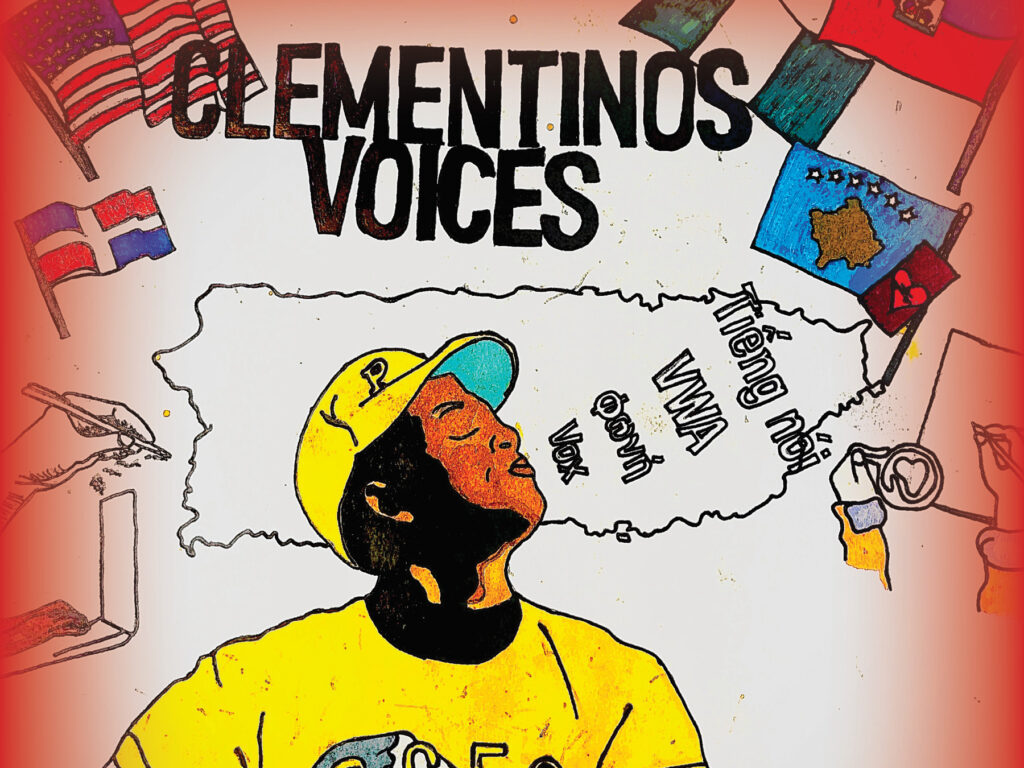By Amy G. Richter, Worcester Clemente faculty member
During the first meeting of our Clemente course, I call the students “archives.” It is my cute way of encouraging them to be organized, take notes, save important emails, and keep track of assignments. It is also a pitch for the utility, richness, and joy of history (my discipline) and the humanities writ large.
Simply put, an archive refers to valuable records collected and organized by an individual or an organization. Archival documents can be seemingly impersonal (like a list of expenses) or intentionally intimate (like a love note on a napkin), but they all tell important parts of someone or something’s story. Without archives, historians would have very little to work with in interpreting the past. Likewise, collecting and organizing assignments, emails, handouts, notes, and marginalia turns disparate courses, discussions, and readings into an education and empowers Clemente students to interpret course material for themselves.
Over time, the archive metaphor has stayed with me, deepening, challenging me to reflect on the power of what happens in our classrooms and beyond them. What does it really mean to recast people—especially Clemente students—as archives? Revisiting this question in a volume that is itself an archive of Clemente students’ work feels particularly apt.
A good archive, like an engaged student, does more than collect, catalog, and preserve. Archivists make decisions about what documents have value. Sometimes this is risky because what we want to know changes over time. The archival challenge is to make decisions that build upon past priorities, reflect what is important in the present, and anticipate the questions of those who will come after us. For example, when I was in college, I did research in popular women’s magazines from the nineteenth-century United States. My school’s library had preserved the magazines in oversized bound volumes. Lucky me. Unfortunately, in many cases, the advertisements had been torn out to conserve space. I wanted to study the ads. I thought the ads mattered and could answer important questions about how women lived in the past. The archivists had not anticipated someone with my interests.
Inviting students to see themselves as archives is my invitation to anticipate their future selves—to both document and imagine the transformative possibilities rooted in meeting week after week. Throughout the course, we build a shared archive, reading the words of James Baldwin, Emmanuel Kant, Frederick Douglass, William Carlos Williams, and many others. We walk the galleries of the Worcester Art Museum and the stacks of the American Antiquarian Society (AAS), adding bits and pieces of these rich collections to our own. Together, we discover how our archives are like any other: living, dynamic institutions that at their very best want to be surprised, stretched, challenged, and reinterpreted by contact with others.
When we visit the AAS to explore primary documents hands-on, I see this “discovery” in action—both for myself and in the students. Many of the students don’t know that Worcester is home to a world-class American history archive. Others have driven past the beautiful building without knowing what it houses. Still others understand it is some type of library—an “important” institution, but one with no connection to them. In preparation for our class, the archivists pull some of my favorite sources from their collection: a diary of a nineteenth-century domestic servant in New England, stereographs of Worcester, a Nellie Bly board game, paper dolls based on characters from Uncle Tom’s Cabin, and hand-colored fashion plates from Godey’s Lady’s Book. These familiar items are joined by holdings I had never encountered in my own research: a collection of Puerto Rican newspapers dating from 1850; The West African Record; a nineteenth-century map of the Caribbean that includes Jamaica, the home of several students; El Gato Bandido, a children’s book published in New York City in 1890 and targeting a new market of Spanish-language readers. In the course of our visit, the archive I thought I knew looks different as the archivists anticipated and welcomed our students, who in turn discovered their own histories preserved inside an impressive building they had not known was open to them.
Appropriately enough, the AAS has hosted our commencement ceremony the last few years. We walk into Antiquarian Hall with friends, family, and supporters feeling a sense of awe—and ownership. We understand as “readers” of the archive that it doesn’t just serve us; we serve it, revealing the archive to itself by asking previously unanticipated questions. This is the symbiotic superpower we all share and celebrate in Clemente—each of us cataloging and surprising the archive, preserving, stretching, and challenging existing knowledge. The archivist builds the archive, the growing archive transforms the archivist, and the collection takes a new shape awaiting the readers who will see it with fresh eyes.


